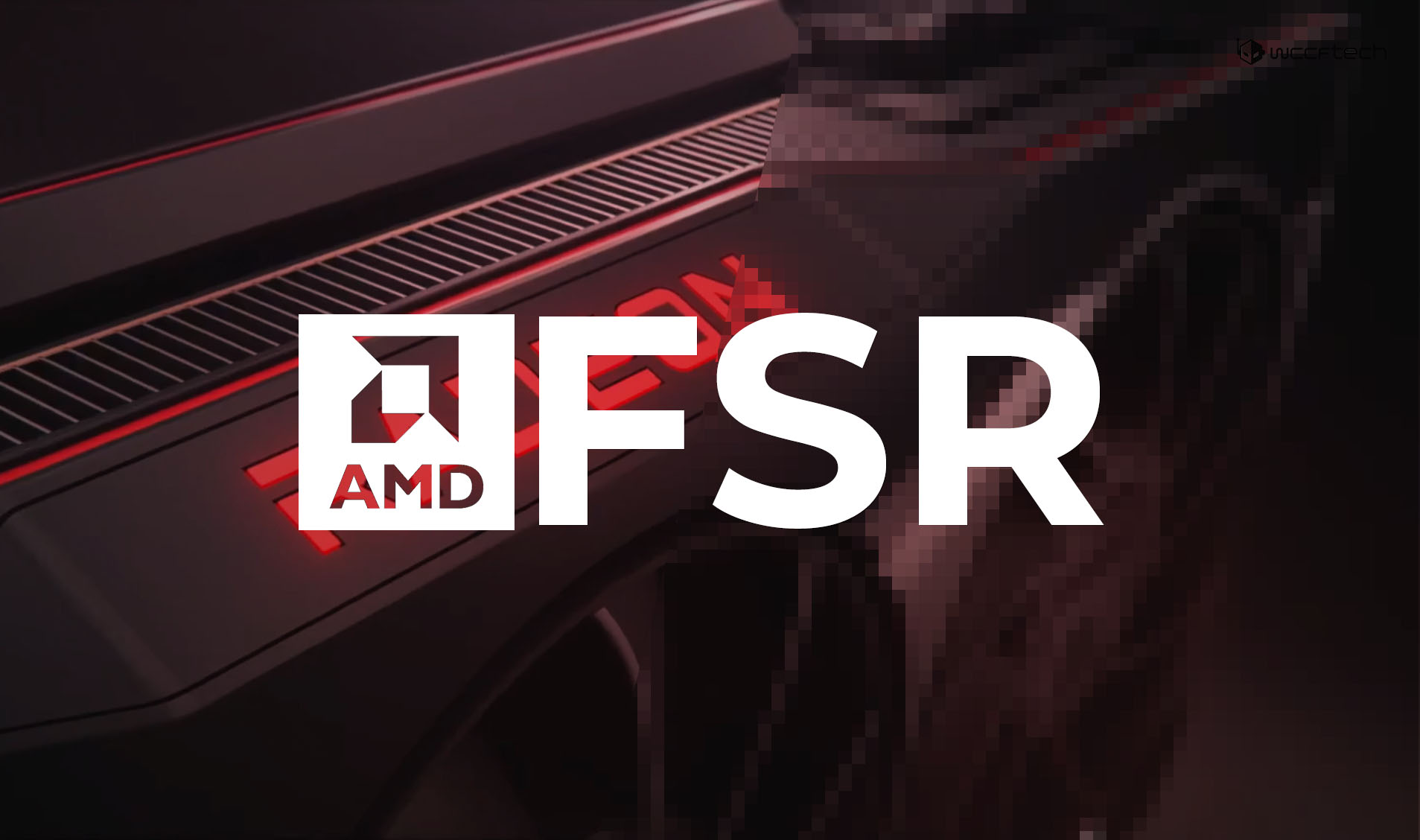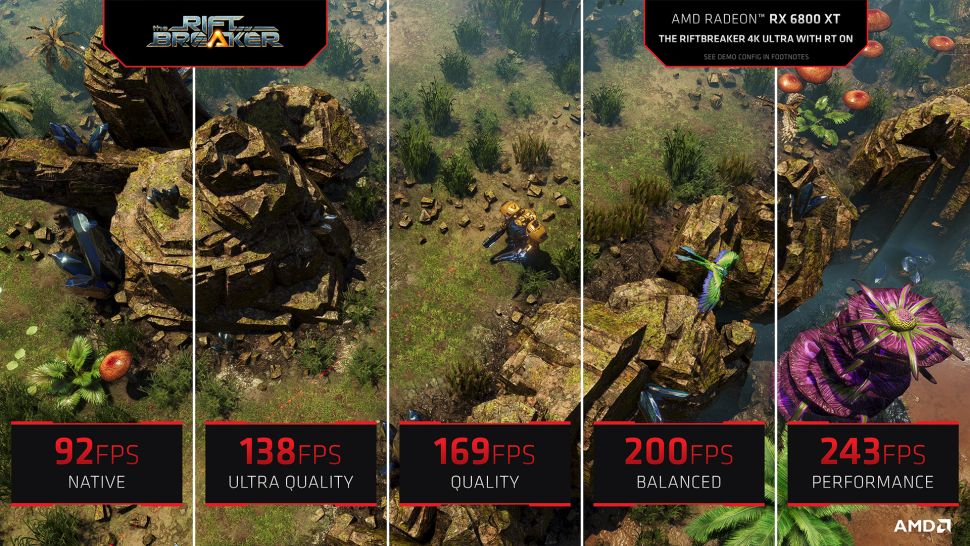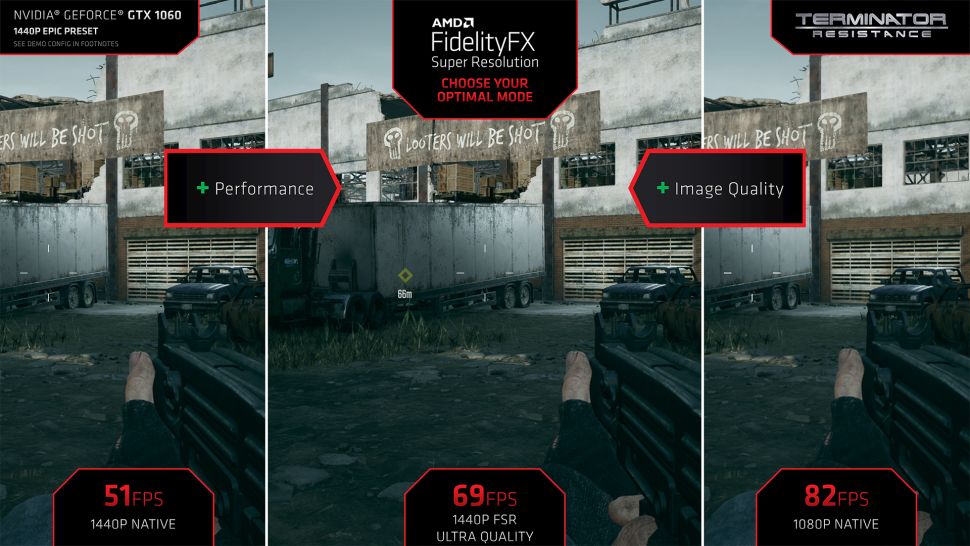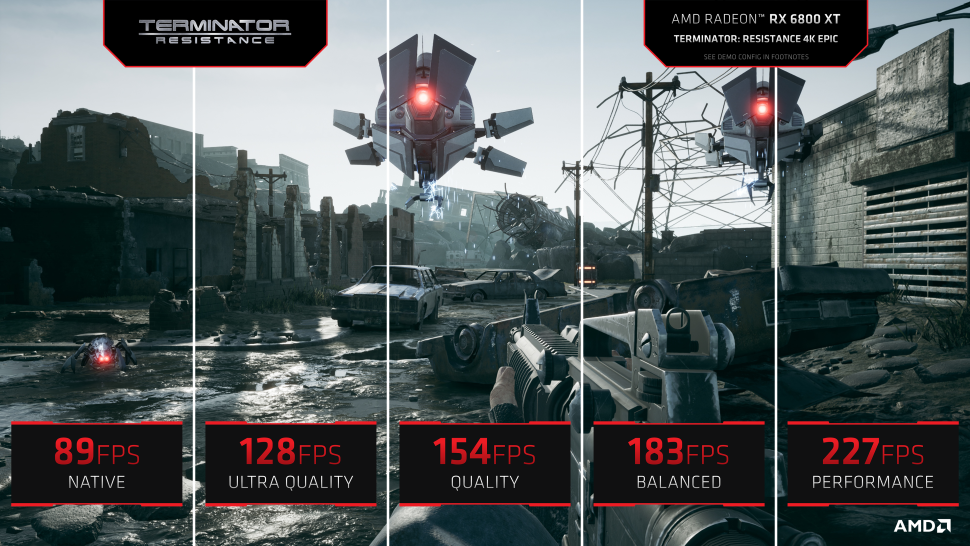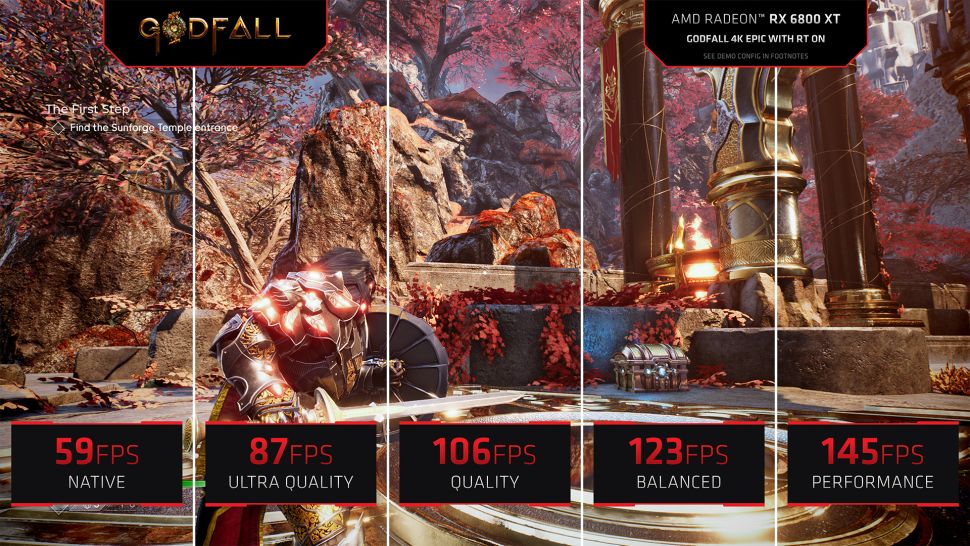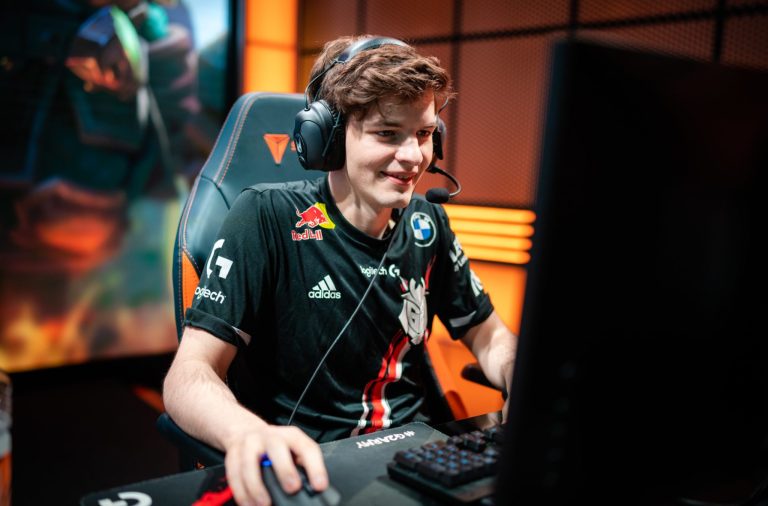It’s AMD FidelityFX Super Resolution (FSR) launch day, which means AMD’s latest upscaling technology has finally been released into the gaming industry. Using new ‘advanced edge reconstruction’ and sharpening, the red team hopes to provide an alternative to Nvidia’s Deep Learning Super Sampling (DLSS), but more significantly, it hopes to provide a late-game speed boost to older GPU users.
FSR is, at its heart, an upscaling technique. It takes a low-resolution image, says 1440p, and upscales it to 4K using a sophisticated AMD-created algorithm.
AMD divides it into two stages. First, the game is rendered at a reduced resolution, which results in a performance boost consistent with having fewer pixels to deal with. Following that, FSR utilizes spatial upscaling to upscale the picture back to 4K, while also employing a sophisticated edge reconstruction technique and further sharpening to increase the image’s quality.
As a consequence, the image has the speed impact of 1440p (plus some minor cost from FSR, a few percentage points in our tests), but it appears more like a native 4K image than you’d anticipate.
The devil, though, is in the details, and AMD’s true task will be to get as near to native 4K as possible. If you want to see how close it truly comes, check out our comprehensive AMD FSR testing, which also compares it to its primary competition today, Nvidia’s DLSS.
On the surface, FSR and DLSS appear to be functionally identical, but they are actually two completely distinct methods to tackling the same problem. According to AMD and Nvidia, the major distinction with FidelityFX Super Resolution is the lack of machine learning or AI.
This might be a gift or a curse, but it does have the immediate benefit of allowing AMD to run FSR on a wide spectrum of graphics cards, including Nvidia’s. AMD claims to have tested FSR on all Radeon GPUs from the most recent 6000-series (including mobile) down to the RX 480/470/460, as well as Nvidia RTX 30-series GPUs to the 10-series.
According to AMD, you could run FSR on a lower-end device, but the overhead and the ratio of FSR cost to total frame cost might result in diminishing benefits. At the very least, it won’t be demanding for older CPUs, as AMD claims it won’t have much of an impact on FSR performance. What you should keep a watch out for are limitations elsewhere in your system—if your CPU is restricting your frame rate, FSR won’t help much.
But the only way to find out is to try it. At launch, AMD FSR will be available in only a few games: Anno 1800, Evil Genius 2, Godfall, Kingshunt, 22 Racing Series, Terminator: Resistance, and The Riftbreaker, with an on/off button in the settings menu. You may also choose a quality setting for FSR from there, which determines whether the FSR prioritises frames or fidelity.
DOTA 2, Far Cry 6, and Resident Evil Village are among the titles that will enable FSR later this year, according to AMD. That might speak well for future games by the same developers.

